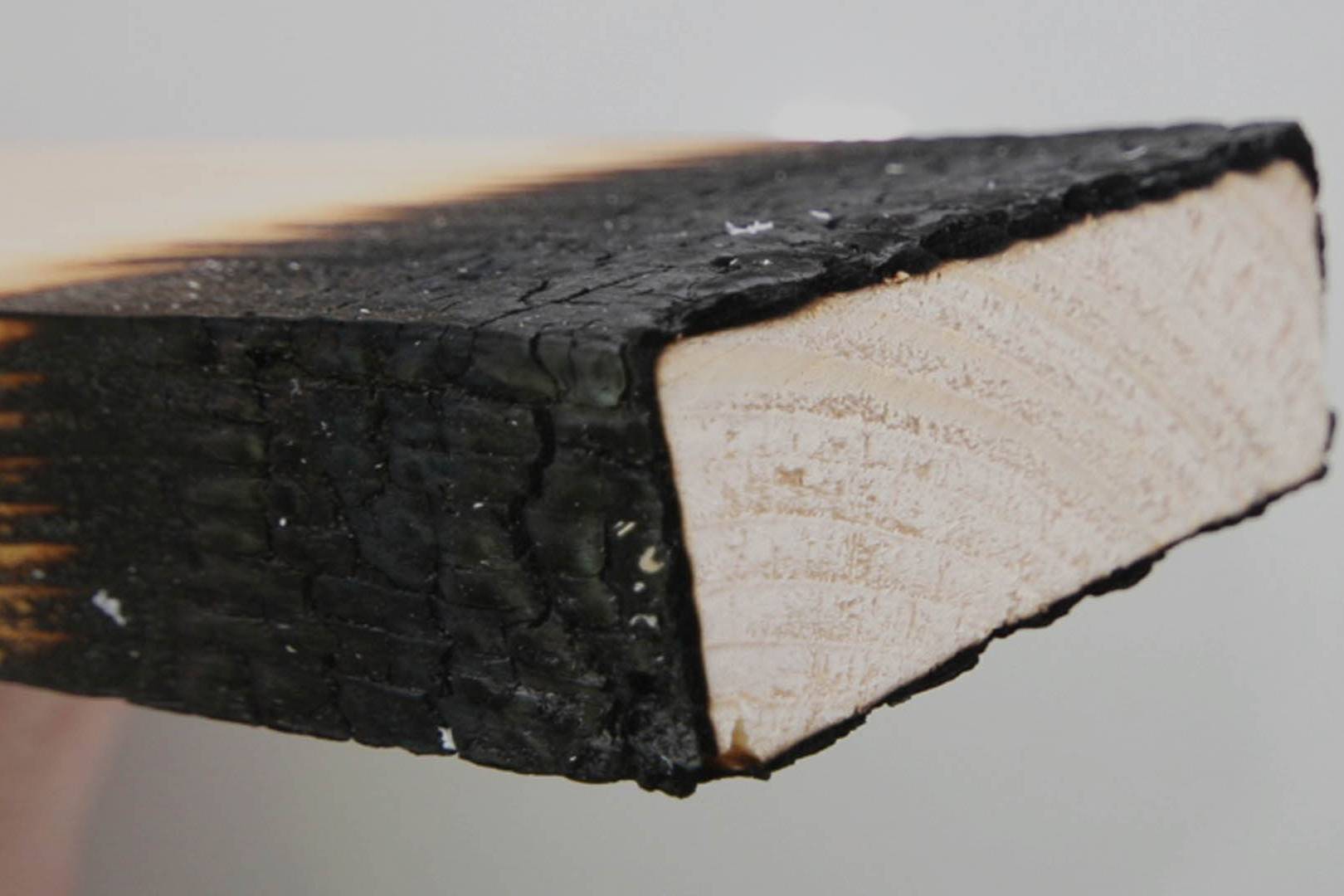Fire Performance of Wood Buildings
Fire Performance of Wood Buildings
Wood has a good performance in relation to fire. Wood burns when submitted to temperatures above 300ºC. Yes, and this property is called reaction to fire. Wood is combustible. There are obviously ways to diminish its combustibility, but in general, wood is a combustible material in relation to fire. Wood burns and the rate of carbonisation, i.e., the speed at which it burns, is known and present in various standards and codes of construction (average value of 0.7 mm/minute). Wood burns, at a known rate, from the outside inwards, where the uncharred wood maintains its mechanical properties intact. This means that the structural member of wood burns from the outside inwards, at a known speed, keeping its unburned interior section intact. Therefore, the calculation of fire resistance of wood is based on the effective cross-section method, where the resistant section corresponds to the uncharred part. This explains the statement that the fire resistance of wood is superior to that of steel. Steel has a high thermal conductivity, which affects its resistance properties with increasing temperature. This gives rise to the practice, whenever the action of fire action is present in the construction design, of endeavouring to insert metal members inside wood members, so that the wood protects the steel, preventing its temperature from rising (wood is a poor conductor of heat) to figures that jeopardise its mechanical properties.
